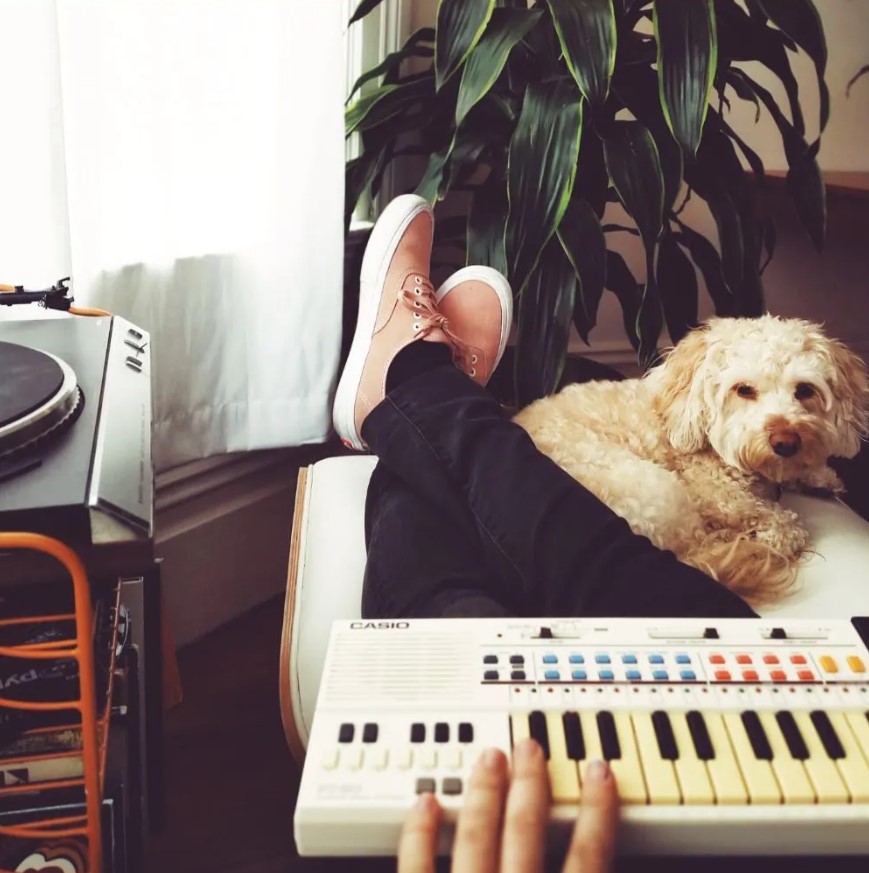A few weeks back, while caught in the endless scroll of online discussions, I stumbled upon a heated debate about wearing shoes inside the house. Interestingly, it started as a conversation about laundry but took a sharp turn when a woman shared a photo of herself folding piles of children’s clothing on her living room floor. The comments section exploded with criticism about having clothes on the floor, eventually leading to the question: “Do YOU wear shoes in the house?!?!” The argument was that floors are dirty, so clean clothes shouldn’t touch them, necessitating rewashing.
Well, alright then.
I’ve long been oddly fascinated by this topic because people seem to have strong feelings about it. Some view it as a minor issue, while others are incredibly passionate, going as far as refusing to let anyone inside their homes with shoes on due to concerns about dirt and contaminants.
The truth is, it’s perfectly acceptable to wear shoes inside your house, and it’s equally acceptable not to. There’s data to support both perspectives. Let’s explore why I’m not overly concerned if you wear shoes in my home (or if you prefer I remove mine at your place, etc.).
Should You Wear Shoes Inside the House?
Many people who opt not to wear shoes indoors cite concerns about dirt and contaminants being tracked into their homes. It’s a valid point, as shoes can carry everything from outdoor dirt to bacteria and even chemicals. One study found significant amounts of germs and chemicals on the soles of participants’ shoes. However, this study had some limitations—it involved only ten participants over two weeks, and its results were not published in a peer-reviewed journal. The study’s credibility is often questioned, even though it’s frequently referenced.
The New York Times conducted an in-depth investigation, consulting experts from various fields. Their conclusion? There are much more concerning ways to encounter bacteria in your home than wearing shoes indoors.
For example, items like sponges, which trap water and food particles, are described as “cesspools” of bacteria by Dr. Aaron E. Carroll, a pediatrics professor at Indiana University School of Medicine. Moreover, there are various objects and surfaces outside the home that are frequently touched but rarely, if ever, cleaned, such as money, ATM buttons, and gas pump handles. Focusing on shoes seems misplaced when compared to these other vectors of potential contamination.
Another expert, Jack A. Gilbert from the University of California, San Diego, stated that, given modern sanitation, vaccinations, and healthcare, the chances of getting sick from shoes are “infinitesimally small.”
(A side note: In light of what we’ve learned during the pandemic, handwashing remains the most crucial practice to reduce germ transmission. I wonder whether those who prefer no shoes indoors also wash their hands after removing their shoes. It’s not a habit I’ve encountered, but it could be a useful practice.)
The main takeaway from this research is that while shoes can potentially carry contaminants into your home, compared to other sources of contamination in our daily lives, it’s likely not the most significant concern.
Should Pet Owners Wear Shoes Inside the House?
In the same New York Times piece, Dr. Carroll mentioned his Cavalier King Charles spaniel named Loki and noted, “We don’t wash the dog’s paws every time he comes in the house, and I don’t want to think about where he’s been walking.”
As a pet owner myself, I can relate. I don’t wash my dog’s paws when he comes inside, nor do I clean my cats’ paws after they use the litter box.
Instead, I focus on cleaning my floors regularly and wearing shoes inside the house. I prefer to have any potential contaminants on my shoes rather than on my bare feet. As both a pet owner and a parent, I’m committed to maintaining clean floors.
(Another question that has puzzled me about the no-shoes-indoors stance is whether it’s a reason to neglect regular floor cleaning. After all, even without shoes, bare feet can introduce sweat and other substances, and pets may bring in outdoor dirt. How often do you clean your floors? Please share your thoughts—I’m genuinely curious.)
My Perspective on Shoes in the House
Personally, I’m more comfortable wearing shoes indoors. I’m constantly on the move, and shoes provide better support and comfort for my feet, ankles, knees, and hips. Many podiatrists recommend wearing shoes, even indoors, to prevent issues like shin splints, heel and ankle pain, and fallen arches.
Additionally, I’m concerned about slips and falls, especially with a family member who has a neurological condition affecting balance. Shoes can help minimize the risk of accidents.
Furthermore, the idea of other people’s bare feet touching various surfaces in my home makes me uncomfortable. Some individuals even go barefoot through airports, which I find unappealing. I’d rather have any potential contaminants on removable shoes than on bare feet that touch multiple surfaces, including couches, beds, and bathroom and kitchen floors.
I’m diligent about keeping our floors clean, using a stick vacuum daily, a trusty Dyson for deeper cleaning, and mopping at least once a week, with daily spot cleaning. (I’ll share some floor cleaning tips and ideas below.) A popular lifestyle blog argued for going shoeless indoors, in part to reduce the need for disinfectants. While I understand the desire to minimize toxin exposure, disinfecting floors remains crucial in my view.
I also regularly wash our shoes. Both of my daughters have machine-washable sneakers, and I love wearing machine-washable sandals during spring, summer, and fall. I toss our shoes in with a load of towels to reduce noise, and it’s been a hassle-free practice.




